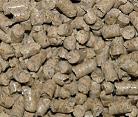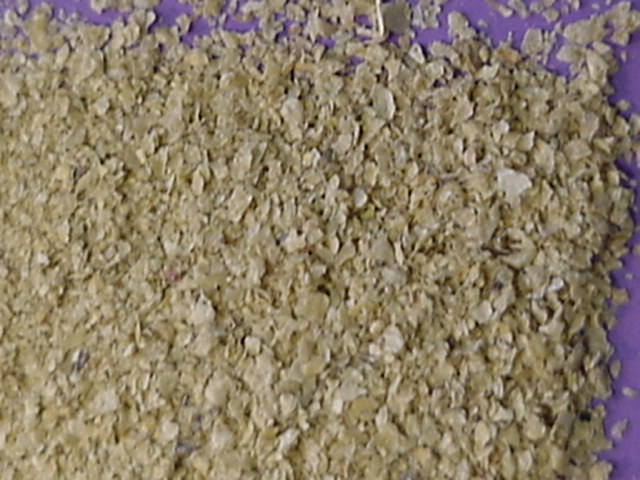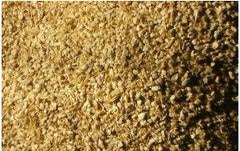Soya Hulls (GM)


-
Soyabean hulls are a byproduct of soybean processing for soybean oil and soybean meal, obtained by the dehulling of the beans.
-
During processing, soybeans are rolled or cracked to break the whole bean into smaller pieces and the hulls are separated by an air stream.
-
Hulls are usually toasted to destroy their urease activity and ground to the desirable particle size.
-
The soybean hull is high in fibre (35%) and low in protein (11 %). The protein is highly degradable, while the cell wall is low in lignin and highly digestible. Ground hulls are often sold as soya mill feed.
-
Soya hulls are very palatable and are typically used to increase bulk in rations of fine texture.They are a good source of digestible fiber, but not so good in terms of effective fiber. Their maximum incorporation in dairy cattle rations should be 20-25% of the dry matter.
-
Soya Hulls have always been popular with some, but they have recently made a major comeback as they are being widly used instead of Sugar Beet Pellets.
-
Soya Hulls are either sold as a meal or pelletted to facilitate handling.
-
A relatively new feed on farm with compounders having traditionally taken up all available production.
-
The product is a useful energy inclusion in all diets for most ruminant stock, with reasonable energy levels. (ME= 10 MJ/kg DM)
Soya Hulls analysis (%) on a dry matter basis:

Protein |
Oil |
Fibre |
Ash |
Metabolisable energy (ME) (Mega joules/kg dry matter) |
Dry Matter (%) |
|
|---|---|---|---|---|---|---|
11 |
2 |
35 |
4.5 |
10 |
89 |
Country of origins
-
North or South America, European Union and Asia
Factory Process
-
A by-product obtained during the dehulling of soya beans.
Physical Appearance
-
A greyish yellow meal or pellet.
Limits to Usage
-
High fibre level may limit intake.
Statutory Declaration
-
Maximum Fibre is 35%
-
Will comply with relevant European Union & UK legislation
Handling & Storage
-
Material to have been stored in compliance with UFAS code of practice for the control of salmonella.


